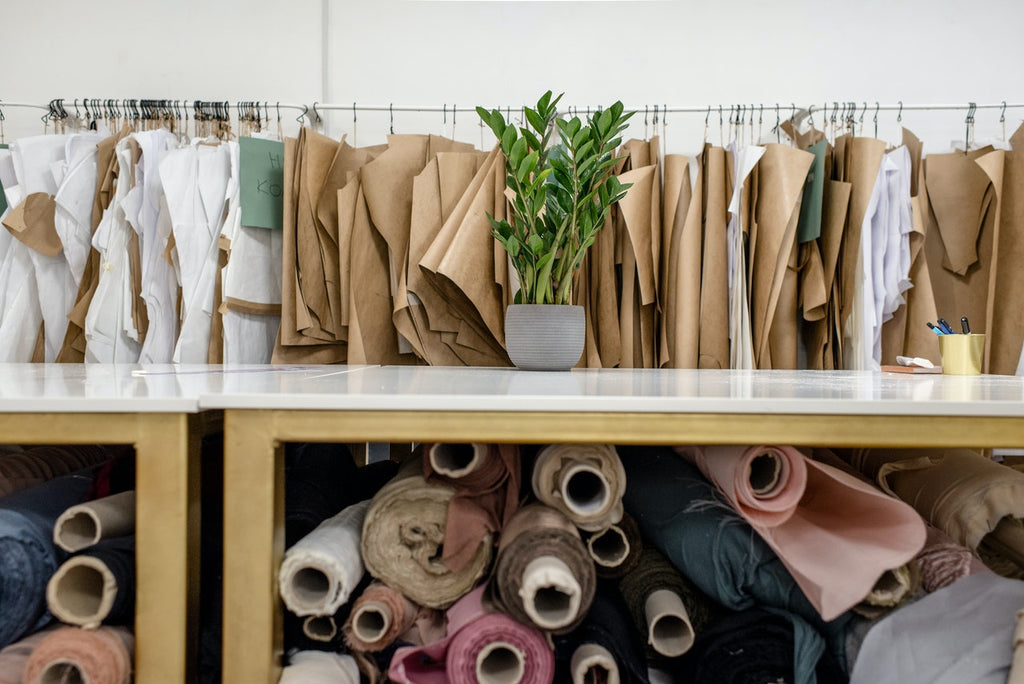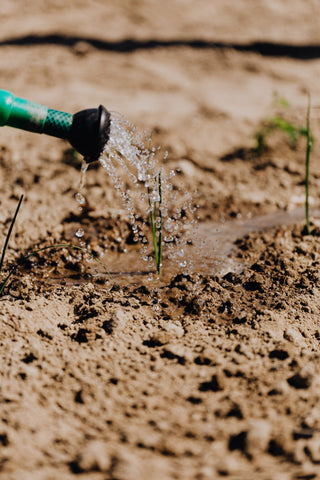how sustainable is linen fabric?
More and more people are becoming aware of climate change, increased pollution, and the alarming impact it has on our very home planet earth. Because of this, people are choosing to live a more sustainable and environmentally friendly lifestyle. There are some simple steps we can all take in our daily lifestyle that can lessen our carbon footprint like upgrading to renewable energy, limiting meat consumption, switching to an electric or hybrid vehicle, consuming less, and last but not least, choosing fabrics made from sustainable material. In this case – linen.
Linen natural Resilience
In order to understand why linen is such a sustainable fabric, we must first delve into its production. In a nutshell, linen is a natural fiber made from a flax plant. The flax plant itself is incredibly resilient. It can grow even in poor conditions and requires no fertilizers, herbicides, pesticides, or other toxic chemicals that can leak and contaminate the environment. As a plant, it requires very little amounts of water to grow. In fact, it can fully grow absorbing only rainwater. And here's how it compares to cotton: 1 shirt made from linen translates to around 7 liters of water used by the flax plant to make that one t-shirt. The same t-shirt made from cotton requires around 2500 liters. That's quite a difference.
Linen versatility
It is also worth mentioning that flax as a plant is also very versatile. Now, what does it mean for sustainability you ask? The answer is – nothing is wasted. To be specific, linen is produced only from the stems of the flax. But the rest of the plant has also many applications and can be used to produce something beyond just fashion. Seeds or flaxseeds which most people are familiar are a common food source. The very same seeds can be used to extract oil which is a very rich source of omega-3 fatty acids. Specifically alpha-Linolenic acid.
Linen biodegradability
Yes, linen is biodegradable. Actually, it's among the most biodegradable fabric there is. Meaning it is able to easily decay naturally with the help of micro organisms such as bacteria with no harm or contamination done to the environment. It usually takes about 2-3 weeks to decompose. This is astounding considering that there are materials that can take much much longer to biodegrade. We're talking decades and even centuries here. Now some of you might be thinking right now: if linen is biodegradable, can it be used as compost? While biodegradable doesn't always mean it can be composted but in this case, yes, linen can even be used as a natural fertilizer in your garden. Just make sure it wasn't treated with harsh synthetic dyes. Or better yet, choose from its natural colors like grey, ivory, or ecru.
How much does linen protect our planet?
One of the most unique features of the Flax plant is that not only it doesn't increase CO2 but actually lowers it. How so? Because flax just loves CO2. One hectare of flax on average consumes around 3.7 metric tonnes of carbon dioxide. If we consider the amount of all linen produced in Europe each year, the amount of CO2 removed from the atmosphere is a staggering 250,000 metric tonnes. To give you an idea, this is equal to driving an average car 23,000 times around the earth. That's how much emissions flax is capable of saving. Not to mention that flax as we mentioned earlier
can be grown in various and even harsh climates which enables local production of it and minimizes possible emissions from shipping and transportation.
Final thoughts
Whether you appreciate linen or not, there's no denying how environmentally friendly this unique material is. Its remarkable and resilient nature along with its many applications and huge versatility makes it the ultimate fabric. Although being one of the oldest crafted textiles in human history, it stood the test of time like a boss and will continue to do so. The future has never been so bright for
linen clothes and other linen products.








